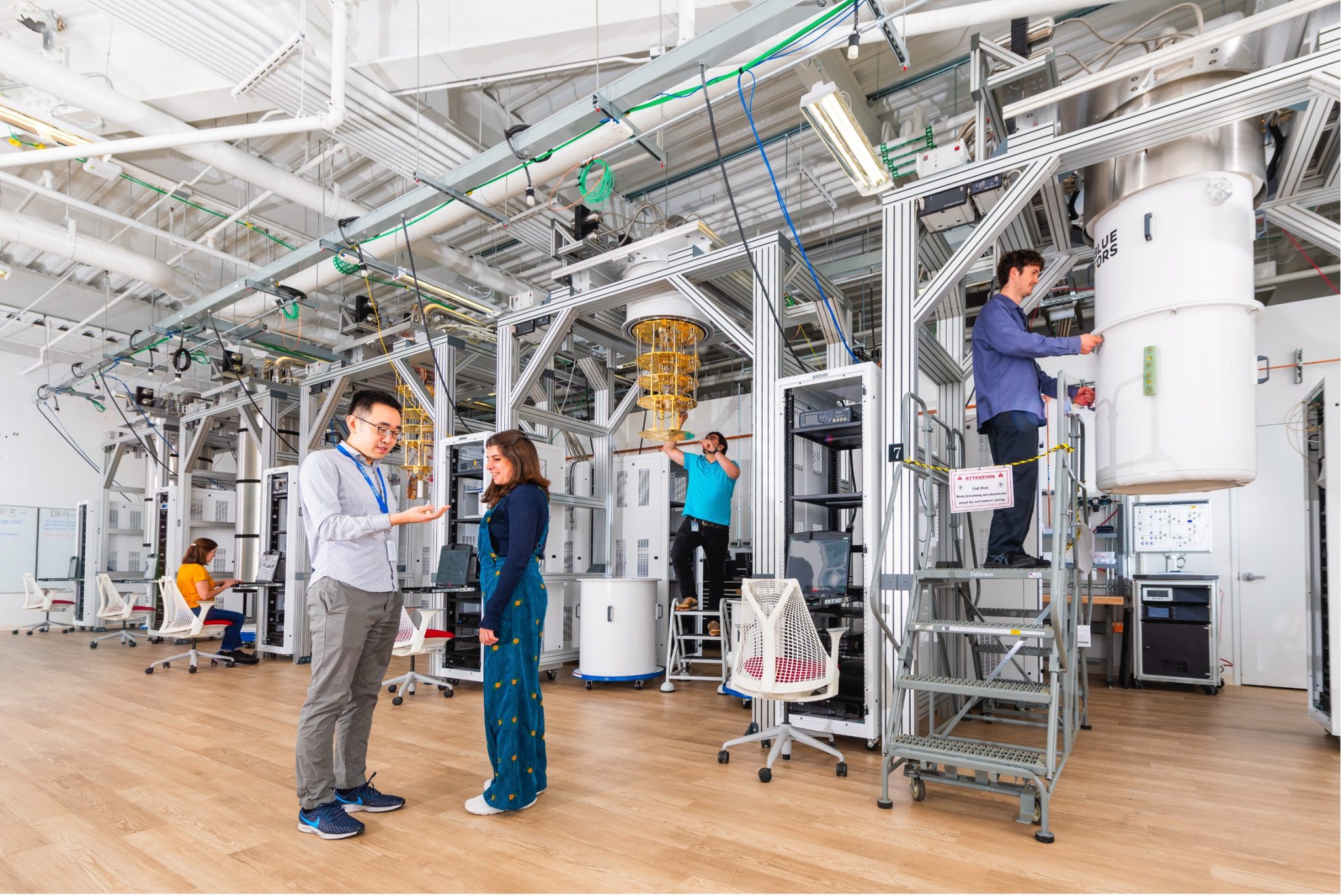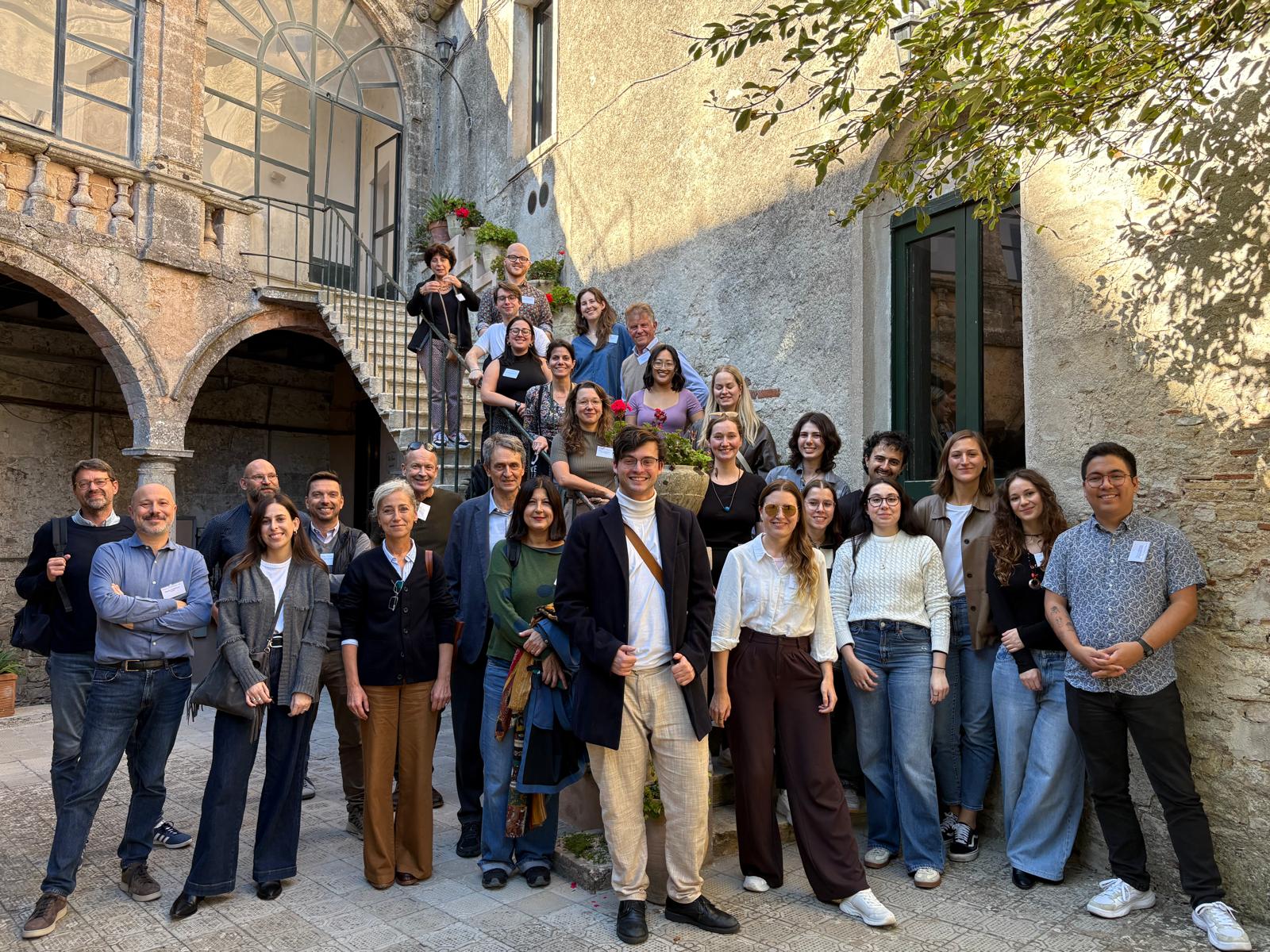 On 14 June in the ThalesAlenia Space facility in Turin, the avionic model (AVM) of the Near Infrared Spectro Photometer (NISP) was delivered, the “eye” in the infrared, which will join the one in the visible (VIS) in helping the Euclid space mission of the European Space Agency (ESA) to study the Dark Universe with levels of precision never reached before. The aim of Euclid is to create a super-detailed map of the distribution and the evolution of dark matter and dark energy in the Universe. AVM is the first fully functioning system of the electronic part of the “infrared eye” NISP and it makes it possible to check that the instrument is working properly, starting from commands sent from Earth, down to receiving scientific data, after processing by the on-board computer and by the two software systems. The AVM is completely “made in Italy” and Italy, in the guise of the Italian Space Agency (ASI), is involved in the Euclid mission under numerous aspects: both with making the subsystems of the on-board instruments and with responsibility for management of the Earth Segment and the survey, but also with important roles in managing technical and scientific aspects of the mission. More than two hundred Italian scientists are involved in Euclid, coming from the INAF (National Institute of Astrophysics), INFN and several Universities. The avionic model AVM, delivered in mid-June, consists of various instruments. Apart from the series of simulators of the detectors, motors and the thermal control system of the NISP, the system includes two control units, with software created by INAF installed: the Instrument Control Unit (ICU) and the control and management unit of the data from the detectors, the Data Processing Unit (DPU), made by the Italian company OHB and financed by the ASI. The AVM model of NISP was assembled in the INFN laboratories and those of the University of Padua, with the involvement of the whole INAF and INFN team. The subsystems were then tested, thanks to software developed by INFN research groups, with the support of CNAF, the INFN national centre of information and telematics technology. After successful completion of the testing, the ESA has approved the delivery of the first working model to Thales Alenia Space of Turin, who are responsible for producing the Euclid satellite, which will use it for verifying communications between the satellite itself and the NISP instrument. Over two hundred Italian scientists are involved in Euclid, belonging to INAF (the Institutes of IAPS, OAS Bologna and IASF Milan and the Astronomical Observatories of Bologna, Brera, Padua, Rome, Turin and Trieste), to the National Institute of Nuclear Physics (sections of Bologna, Padua, Lecce, Milan and Rome1) and to a number of Universities (University of Bologna, University of Ferrara, La Sapienza of Rome, Roma Tre University, University of Tor Vergata, University of Trieste, SISSA of Parma and the CISAS of the University of Padua).
On 14 June in the ThalesAlenia Space facility in Turin, the avionic model (AVM) of the Near Infrared Spectro Photometer (NISP) was delivered, the “eye” in the infrared, which will join the one in the visible (VIS) in helping the Euclid space mission of the European Space Agency (ESA) to study the Dark Universe with levels of precision never reached before. The aim of Euclid is to create a super-detailed map of the distribution and the evolution of dark matter and dark energy in the Universe. AVM is the first fully functioning system of the electronic part of the “infrared eye” NISP and it makes it possible to check that the instrument is working properly, starting from commands sent from Earth, down to receiving scientific data, after processing by the on-board computer and by the two software systems. The AVM is completely “made in Italy” and Italy, in the guise of the Italian Space Agency (ASI), is involved in the Euclid mission under numerous aspects: both with making the subsystems of the on-board instruments and with responsibility for management of the Earth Segment and the survey, but also with important roles in managing technical and scientific aspects of the mission. More than two hundred Italian scientists are involved in Euclid, coming from the INAF (National Institute of Astrophysics), INFN and several Universities. The avionic model AVM, delivered in mid-June, consists of various instruments. Apart from the series of simulators of the detectors, motors and the thermal control system of the NISP, the system includes two control units, with software created by INAF installed: the Instrument Control Unit (ICU) and the control and management unit of the data from the detectors, the Data Processing Unit (DPU), made by the Italian company OHB and financed by the ASI. The AVM model of NISP was assembled in the INFN laboratories and those of the University of Padua, with the involvement of the whole INAF and INFN team. The subsystems were then tested, thanks to software developed by INFN research groups, with the support of CNAF, the INFN national centre of information and telematics technology. After successful completion of the testing, the ESA has approved the delivery of the first working model to Thales Alenia Space of Turin, who are responsible for producing the Euclid satellite, which will use it for verifying communications between the satellite itself and the NISP instrument. Over two hundred Italian scientists are involved in Euclid, belonging to INAF (the Institutes of IAPS, OAS Bologna and IASF Milan and the Astronomical Observatories of Bologna, Brera, Padua, Rome, Turin and Trieste), to the National Institute of Nuclear Physics (sections of Bologna, Padua, Lecce, Milan and Rome1) and to a number of Universities (University of Bologna, University of Ferrara, La Sapienza of Rome, Roma Tre University, University of Tor Vergata, University of Trieste, SISSA of Parma and the CISAS of the University of Padua). On 14 June in the ThalesAlenia Space facility in Turin, the avionic model (AVM) of the Near Infrared Spectro Photometer (NISP) was delivered, the “eye” in the infrared, which will join the one in the visible (VIS) in helping the Euclid space mission of the European Space Agency (ESA) to study the Dark Universe with levels of precision never reached before. The aim of Euclid is to create a super-detailed map of the distribution and the evolution of dark matter and dark energy in the Universe. AVM is the first fully functioning system of the electronic part of the “infrared eye” NISP and it makes it possible to check that the instrument is working properly, starting from commands sent from Earth, down to receiving scientific data, after processing by the on-board computer and by the two software systems. The AVM is completely “made in Italy” and Italy, in the guise of the Italian Space Agency (ASI), is involved in the Euclid mission under numerous aspects: both with making the subsystems of the on-board instruments and with responsibility for management of the Earth Segment and the survey, but also with important roles in managing technical and scientific aspects of the mission. More than two hundred Italian scientists are involved in Euclid, coming from the INAF (National Institute of Astrophysics), INFN and several Universities. The avionic model AVM, delivered in mid-June, consists of various instruments. Apart from the series of simulators of the detectors, motors and the thermal control system of the NISP, the system includes two control units, with software created by INAF installed: the Instrument Control Unit (ICU) and the control and management unit of the data from the detectors, the Data Processing Unit (DPU), made by the Italian company OHB and financed by the ASI. The AVM model of NISP was assembled in the INFN laboratories and those of the University of Padua, with the involvement of the whole INAF and INFN team. The subsystems were then tested, thanks to software developed by INFN research groups, with the support of CNAF, the INFN national centre of information and telematics technology. After successful completion of the testing, the ESA has approved the delivery of the first working model to Thales Alenia Space of Turin, who are responsible for producing the Euclid satellite, which will use it for verifying communications between the satellite itself and the NISP instrument. Over two hundred Italian scientists are involved in Euclid, belonging to INAF (the Institutes of IAPS, OAS Bologna and IASF Milan and the Astronomical Observatories of Bologna, Brera, Padua, Rome, Turin and Trieste), to the National Institute of Nuclear Physics (sections of Bologna, Padua, Lecce, Milan and Rome1) and to a number of Universities (University of Bologna, University of Ferrara, La Sapienza of Rome, Roma Tre University, University of Tor Vergata, University of Trieste, SISSA of Parma and the CISAS of the University of Padua).
On 14 June in the ThalesAlenia Space facility in Turin, the avionic model (AVM) of the Near Infrared Spectro Photometer (NISP) was delivered, the “eye” in the infrared, which will join the one in the visible (VIS) in helping the Euclid space mission of the European Space Agency (ESA) to study the Dark Universe with levels of precision never reached before. The aim of Euclid is to create a super-detailed map of the distribution and the evolution of dark matter and dark energy in the Universe. AVM is the first fully functioning system of the electronic part of the “infrared eye” NISP and it makes it possible to check that the instrument is working properly, starting from commands sent from Earth, down to receiving scientific data, after processing by the on-board computer and by the two software systems. The AVM is completely “made in Italy” and Italy, in the guise of the Italian Space Agency (ASI), is involved in the Euclid mission under numerous aspects: both with making the subsystems of the on-board instruments and with responsibility for management of the Earth Segment and the survey, but also with important roles in managing technical and scientific aspects of the mission. More than two hundred Italian scientists are involved in Euclid, coming from the INAF (National Institute of Astrophysics), INFN and several Universities. The avionic model AVM, delivered in mid-June, consists of various instruments. Apart from the series of simulators of the detectors, motors and the thermal control system of the NISP, the system includes two control units, with software created by INAF installed: the Instrument Control Unit (ICU) and the control and management unit of the data from the detectors, the Data Processing Unit (DPU), made by the Italian company OHB and financed by the ASI. The AVM model of NISP was assembled in the INFN laboratories and those of the University of Padua, with the involvement of the whole INAF and INFN team. The subsystems were then tested, thanks to software developed by INFN research groups, with the support of CNAF, the INFN national centre of information and telematics technology. After successful completion of the testing, the ESA has approved the delivery of the first working model to Thales Alenia Space of Turin, who are responsible for producing the Euclid satellite, which will use it for verifying communications between the satellite itself and the NISP instrument. Over two hundred Italian scientists are involved in Euclid, belonging to INAF (the Institutes of IAPS, OAS Bologna and IASF Milan and the Astronomical Observatories of Bologna, Brera, Padua, Rome, Turin and Trieste), to the National Institute of Nuclear Physics (sections of Bologna, Padua, Lecce, Milan and Rome1) and to a number of Universities (University of Bologna, University of Ferrara, La Sapienza of Rome, Roma Tre University, University of Tor Vergata, University of Trieste, SISSA of Parma and the CISAS of the University of Padua).




